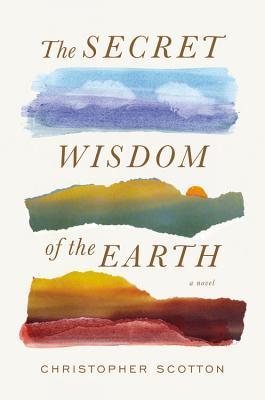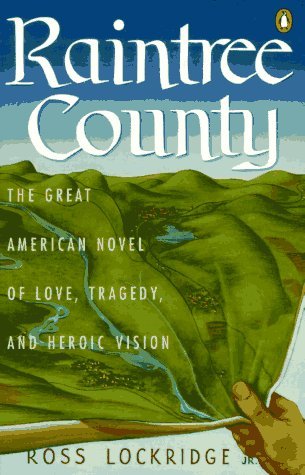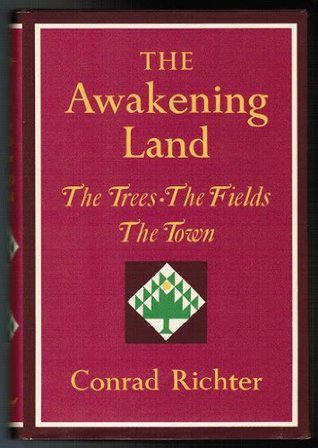
River of Earth
Book Description
Amidst the beauty of the Appalachian Mountains, a relentless battle unfolds, where the pulse of the earth echoes the struggles of its inhabitants. In "River of Earth," a family grapples with the suffocating grip of poverty and the harsh realities of a changing landscape. Tensions rise as the haunting specter of war looms, threatening to tear at the fabric of their hard-won lives. Love and loyalty are tested against a backdrop of fierce storms and shattered dreams, where each choice echoes with possibility—and danger. Will they find strength in their bonds, or will the currents of fate pull them apart?
Quick Book Summary
"River of Earth" by James Still is a poignant novel set in the Appalachian Mountains during the early 20th century. The narrative follows a nameless young boy and his family as they navigate the hardships of rural poverty, shifting between the diminishing life of tenant farming and the uncertain lure of coal mining. Through the boy’s candid perspective, readers confront the raw realities of economic hardship, familial loyalty, and the changing face of Appalachia threatened by industrialization and war. Emotionally resonant, the story captures the intricate balance between hope and hopelessness, as the family clings to dignity while the world around them shifts, forcing difficult choices in the pursuit of survival and belonging.
Summary of Key Ideas
Table of Contents
The Struggle for Survival in Rural Appalachia
At the heart of "River of Earth" is the daily struggle for survival faced by a rural Appalachian family in the midst of profound economic and social transformations. With land increasingly infertile and opportunities dwindling, the family is caught between subsistence farming’s uncertainties and the dangerous prospect of coal mining. This uncertainty seeps into every aspect of life, as the father searches for steady work and the mother strives to maintain the family’s cohesion. Their choices are fraught with risk, revealing the fragile line between perseverance and surrender as they yearn for a sense of place and stability.
Family Loyalty and Division
Loyalty and tension intermingle within the family’s close-quarters existence. The narrator’s father is torn between staying true to his roots and seeking new possibilities, while his mother’s steadfastness provides emotional grounding. Extended family, including the grandfather and various relatives, highlight generational differences and contrasting attitudes toward tradition and progress. Small moments—a shared meal, a story told by the fire—underscore the bonds that can both nurture and restrain, as each member negotiates the balance between individual aspirations and collective survival.
The Impact of Economic Change
Economic upheaval and industrialization are central forces driving the narrative. As the coal industry promises jobs but brings instability and environmental loss, the novel examines the lure of progress and its costs. The family’s experience reflects a broader societal shift, with mechanization eroding established ways of life. The prospect of war looms in the background, hinting at even greater upheaval, as the outside world encroaches with new threats but also new opportunities. Through these changes, Still portrays the dignity and sacrifice required to adapt without losing one’s identity.
Childhood Innocence and Awareness
The novel is filtered through the perspective of the young boy, whose innocence and curiosity contrast with the adults’ burdens. His observations are at once simple and profound, capturing beauty in the ordinary—the rhythm of seasons, the comfort of family rituals, the mysteries of hunger. As he comes of age amidst adversity, the boy’s evolving awareness reveals both the harshness of his world and his growing understanding of resilience, responsibility, and hope.
Nature’s Role in Identity and Resilience
Nature pervades the story as both a setting and a character in its own right. The mountains, rivers, and weather are not just backdrops but active forces shaping the family’s fate. Still’s lyrical descriptions celebrate the stark beauty of Appalachia while also acknowledging its role in the family’s struggles. The landscape is a source of hardship and sustenance, mirroring the family’s perseverance and deep-rooted connection to place, even as outside forces push them toward change.
Download This Summary
Get a free PDF of this summary instantly — no email required.





